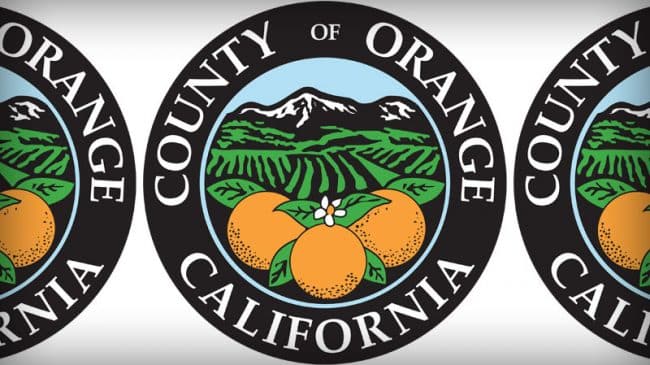The Register recently reported that Orange County transportation officials are wisely recommending alternatives to the proposed 3.2-mile $318 million streetcar line in Anaheim.
Proponents claim that the streetcar will reduce traffic congestion, provide better transit options for low-income residents, offer a cost-effective mobility solution and spur economic development along the route. However, all these claims fall apart upon inspection.
Cities do not build streetcars to move large numbers of people quickly. Streetcars are very slow. The Oregonian newspaper in Portland walked that city’s famed streetcar route and found that walking was quicker than taking the streetcar. The same is true in Atlanta.
Quality mass-transit service requires frequent trips. Research shows you need buses or trains that arrive every 10 minutes or less. Yet every modern streetcar in the U.S., including those in Dallas, Portland, Salt Lake City and Seattle, has headways, the amount of time between buses or trains, of 15 minutes or more.
Streetcars do not offer true “mass transit.” They carry relatively few passengers per hour, typically 80 to 160. As a result they have no measurable effect reducing traffic congestion on the streets they operate on or on nearby streets. Instead, cities usually build streetcar lines to encourage “urban renewal” and gentrification, where upper-middle-class residents often displace low-income minorities.
While the resulting tax revenue may be a boon for a city, displaced residents are often forced to relocate to areas with limited transit service. The upper-middle-class residents that replace them make fewer transit trips. As a result, total transit trips decrease, and the transit system’s overall financial condition worsens.
Streetcars also typically end up costing more and carrying fewer riders than initially projected. The Atlanta streetcar, for example, was projected to cost $3.2 million a year to operate, but the actual operating cost hit $4.8 million, 50 percent higher than estimated. Atlanta’s ridership is running slightly below forecasts, and the ridership numbers are actually much worse than they appear because the initial ridership projections assumed the streetcar would cost $1 per ride, yet the Atlanta streetcar remains free to ride.
Washington, D.C., has spent more than $200 million on a 2.2-mile streetcar that still is not ready to operate. In Portland, auditors found that the streetcar is below expectations on a number of metrics – administrators overstated ridership by 19 percent and claimed the streetcar operated on time 98 percent of the time, when the true number was 82 percent.
Streetcars also have hidden costs that proponents seldom consider. The Atlanta streetcar’s initial cost estimates did not include $8 million for moving underground utilities and $6 million in additional “miscellaneous” costs. Similarly, Milwaukee’s costs to move utilities ended up being more than $20 million.
Streetcars are usually sold as part of an economic development vision, but there is little evidence that streetcars actually create new economic development. While business activity does increase after a streetcar is constructed, it is incorrect to isolate the streetcar as the cause for the growth because most cities spend tax revenues to improve the streets, install street furniture, coordinate loans for local businesses, and make roadway improvements along the route.
Orange County, smartly, is looking at bus rapid-transit options instead of the proposed streetcar. Data shows cities can build a bus rapid-transit line for three to 10 times less than the cost of a streetcar. If a city is truly interested in improving its mass-transit service, it can build about seven bus lines for every streetcar line.
Transportation and mass-transit budgets are extremely limited. The effectiveness of buses should win out over the trendiness of streetcars.
Baruch Feigenbaum is Assistant Director of Transportation Policy at Reason Foundation. This article originally appeared in the Orange County Register.

